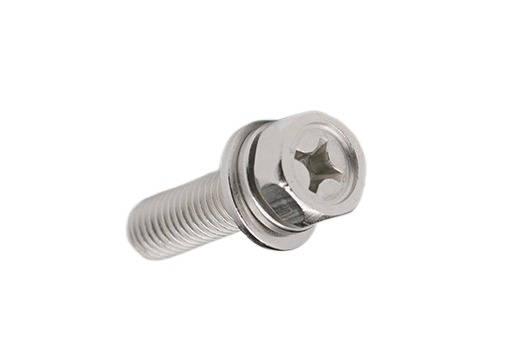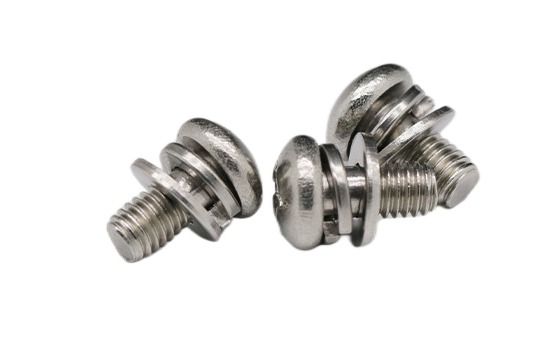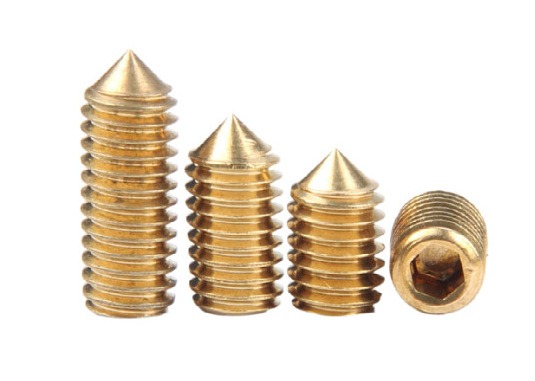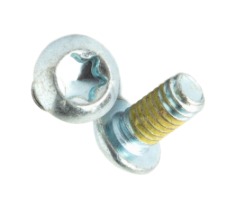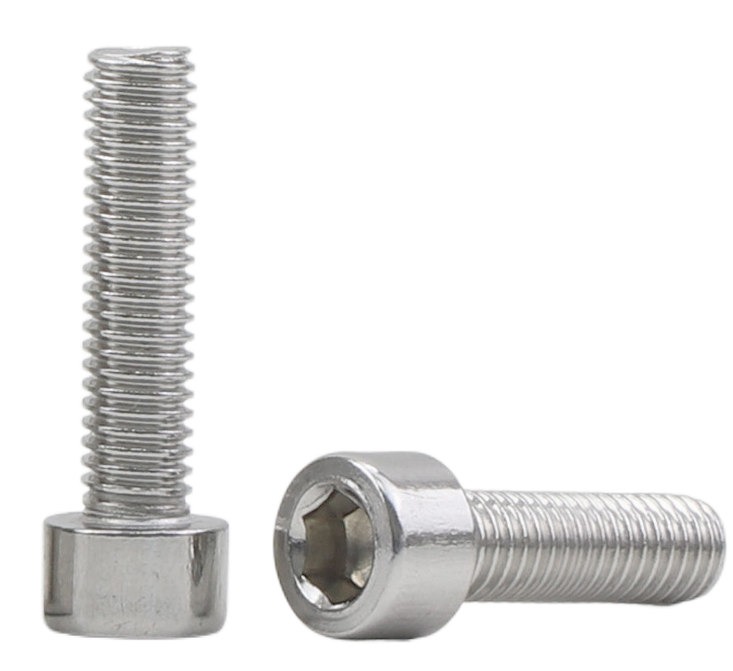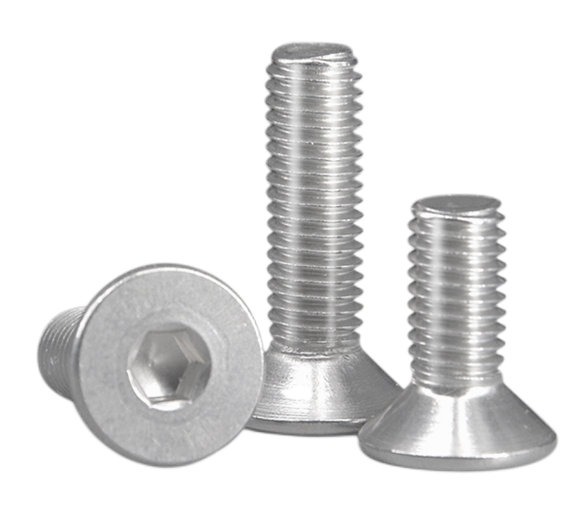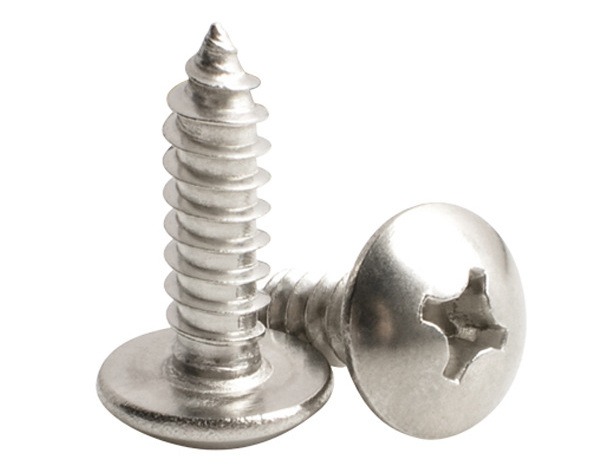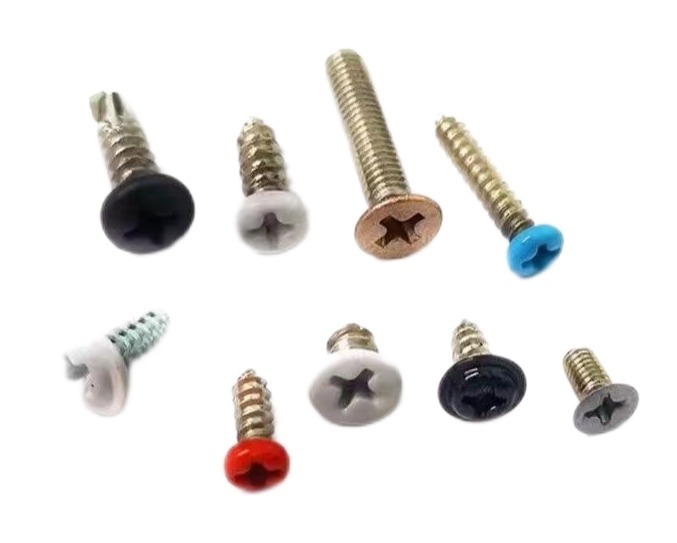Useful Tips About Screws
Screws are essential in the manufacturing industry. They are widely used everywhere ranging from small products such as glasses, to large products like cars, aircraft, rockets. Here, we introduce some useful knowledge about screws and the effective methods to prevent them loosening.
Basic useful knowledge about screws
- Screws
The rod of screws should have external thread. The screw head has different shapes, such as flat, countersunk, bugle, square, round, etc.
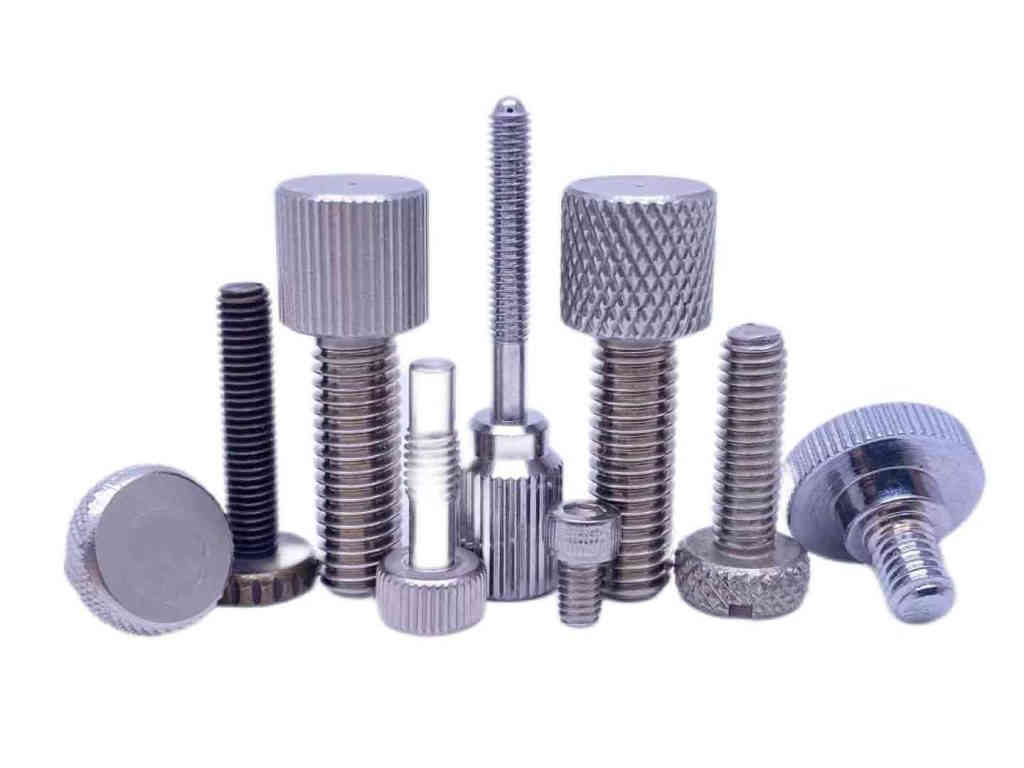
- Bolts
The head of the bolts are generally hexagonal, with external screw threads.Stud bolt also known as double-screw bolt, both ends of which have external threads and the middle is usually a polished rod.
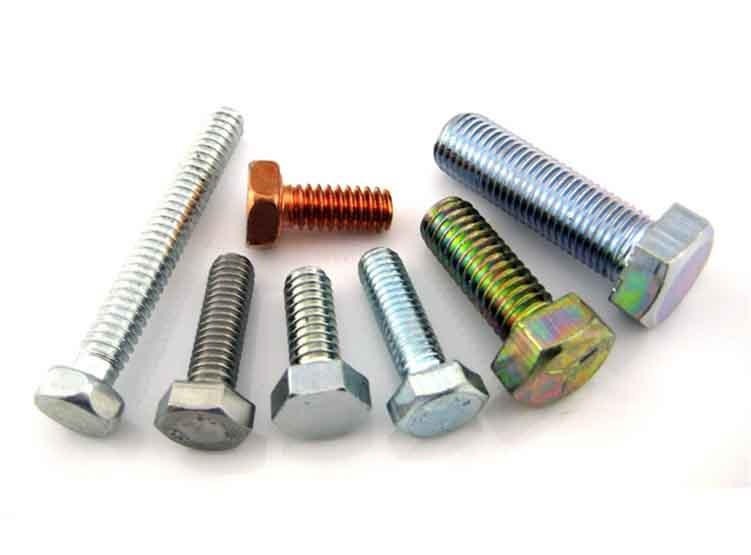
- Nuts
The shape of the nuts is usually hexagonal, and the internal hole is inner thread which is used to cooperate with the bolt to closely connect related items.
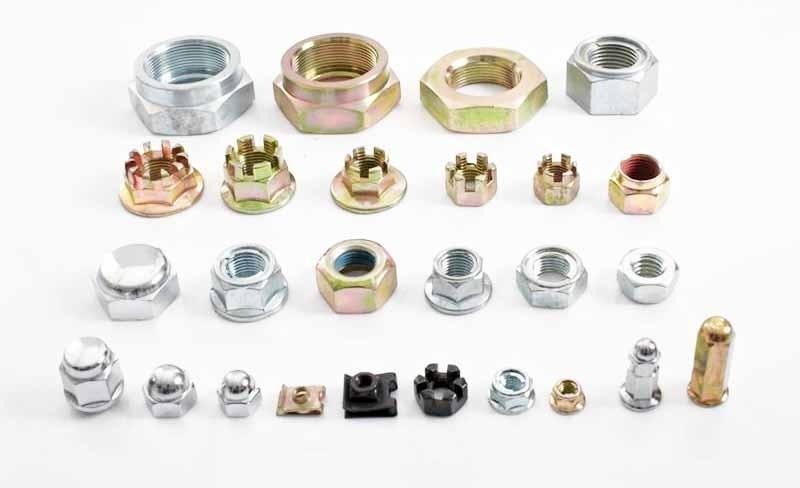
- Screw Thread
Screw thread is a shape with uniform spiral bulge on the external or internal surface of the products. It has the functions of tightening, connection and sealing, suitable for mostly used screw products.
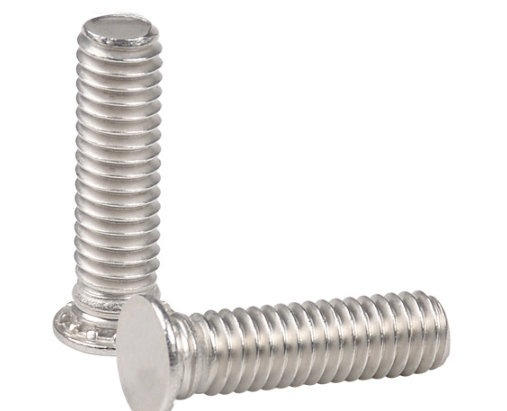
Processing method of screws and screw threads
An excellent screw needs appropriate, good processing methods.
The processing methods of screws
- Turning
Turning is a method of removing the material to achieve an ideal shape.
Advantages: high processing accuracy, no mold restrictions
Disadvantages: High production cost, slow processing speed
- Forging
Forging is working through extruding the material by external force to deform for achieving the desired shape.
Advantages: fast production speed, low cost, suitable for large quantities production
Disadvantages: Forming is limited by molds, high molding cost of complex products
- Cold heading
Cold heading is a process of squeezing, which adopts molds with the help external forces, when the metal wire is not heated. It is also a kind of forging processes.
The processing methods of screw threads
- Thread cutting
It generally refers to the method of processing the threads on the workpiece using forming tools or abrasive tools. Thread cutting mainly includes turning, milling, tapping, grinding, and cyclone cutting. When turning, milling and grinding threads, the workpiece turning around, and the transmission chain of the machine tool ensures that the turning tool, milling cutter, or knife grinder, moving along the axial direction of the workpiece accurately and uniformly. When tapping or threading, the tool relatively rotating with the workpiece, and the first formed thread groove guides the cutter to move axially.
- Thread rolling
Cold heading is a thread processing methods, obtaining screw thread shape through plastic deformation of workpiece by forming rolling dies.The machines used in this processing method are generally single mode machine, multi station machines, mold closure machines, etc and the screws produced adopting this method have faster production speed and lower cost, but compared to the cutting process, the appearance of the screws adopting this process method, less angular and beautiful.
Although the speed of cutting process is less than cold heading, the accuracy is higher than the cold heading technology. While the cold heading has the advantages of fast production speed and low cost. Especially for the production of those small precision screws, cold heading has higher cost performance.
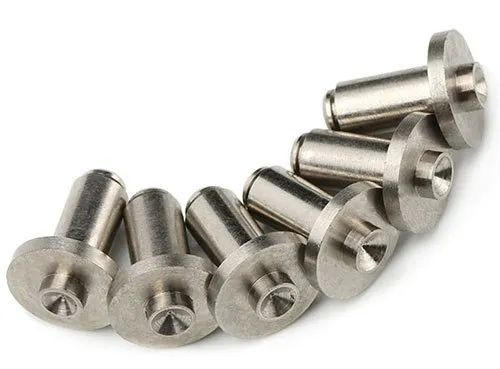
What are the effective methods to prevent screw loosening?
Especially on high-tech products such as aircraft, rockets, the tightening of screw is very important. Once loosened, will occur very serious consequences.
Generally, the screws and nuts are self-locking. When the working temperature change is small, they will not loosen by themselves. However, under the action of impact, vibration and great temperature change, this connection may loosen, affecting work, even causing accidents.
1. The size and the specifications of the screws should be selected rightly. The slightly large or small screw may be reluctantly used currently, but after a long time, it will be loose or locked.
2. Special engineering plastics should be added on the screws. The engineering plastics are squeezed to produce strong friction torque and reaction force, resulting in full pitch contact, providing absolute resistance to vibration and making the screw become permanent locking screws, which completely solves the problem of loosening between the connection of screws.
3. Increasing friction also can be used for preventing loosening, which is applied to make the tightened screw thread losing pressure due to the change of the external load, so there are always frictional drag to prevent loosening. This method includes installing spring washer and adopting double nuts
4. Mechanical looseness-proof method is to adopt various motion-stopping components to prevent the relative rotation of screw threads to realize anti-loosening. The method is more reliable, so the applications are much more wide, which include split pin and castelleted nut, floor clip and round nuts, lock washer and nuts, etc.
5. Non-disassemble method for anti-loosening adopts positioning welding, rivetting and other methods to fix the nut on the bolt. The screws can be fixed on the connected parts to prevent looseness.
Summary
Screws plays an important role in a wide variety of industries, like aerospace, automotive, electronics, etc, and this article share some useful tips about screws and screw thread, which including basic simple introduction, appropriate processing methods and effective anti-looseness methods

